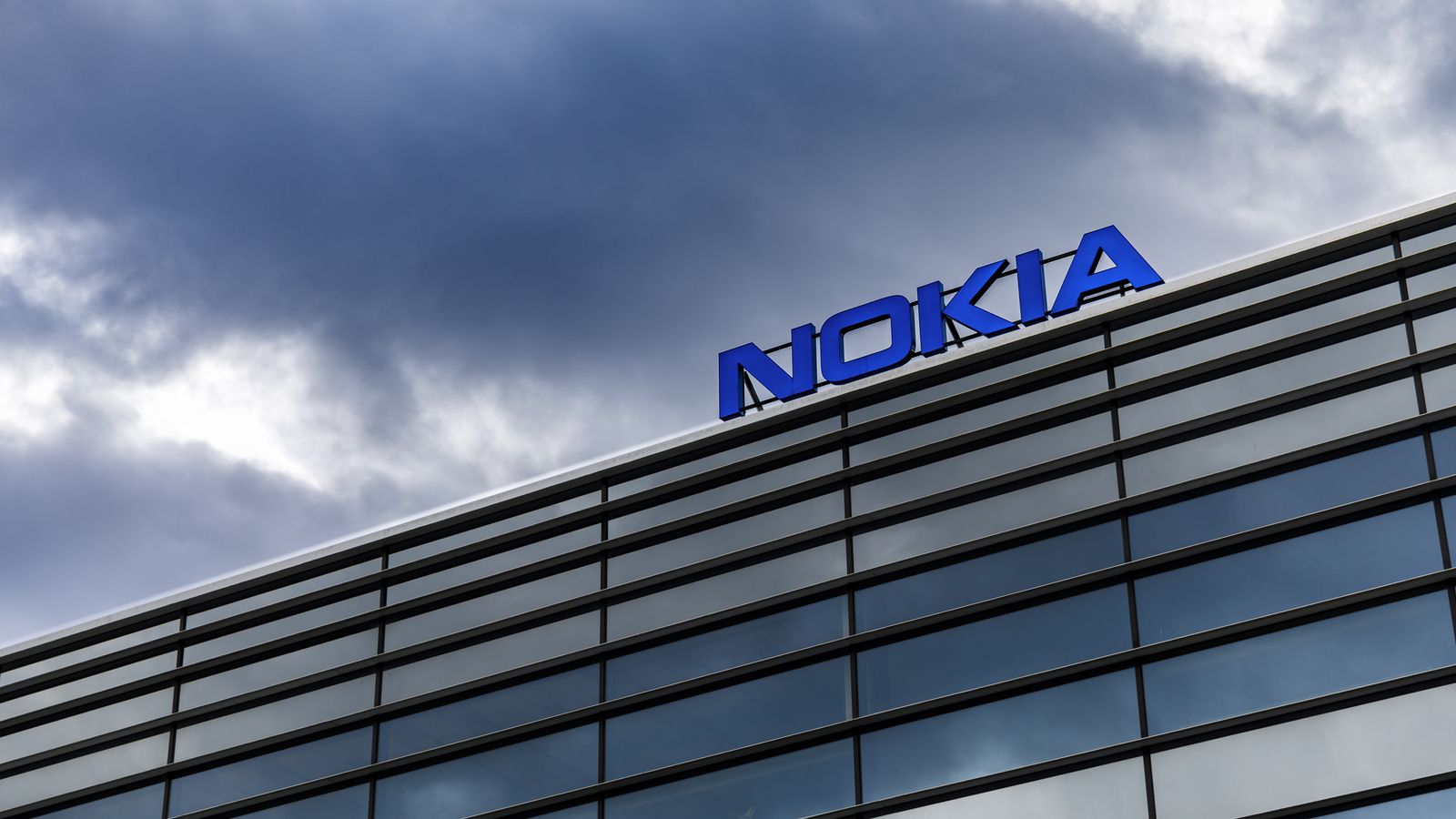Stock market investors don’t like surprises and uncertainty. On Oct. 24 Nokia (NYSE:NOK) announced its Q3 earnings and eliminated the dividend. Nokia stock fell out of bed. It is down more than 30% since then.

Nokia said it needs to conserve cash and can’t afford the dividend. In its quarterly earnings statement, Nokia said that its net cash was down to 349 million EUR from 1.879 billion EUR in Q3 2018.
The problem is its 5G capital investment program and roll-out to customers is eating up its cash flow. For example, free cash flow in Q3 2019 after capital expenditures was 299 million EUR. But the problem is that the quarterly dividends cost 321 million EUR.
That means that the net cash balance fell by 32 million EUR instead of rising by 349 million EUR to 658 million EUR without dividend payments.
To partially mollify its shareholders, Nokia’s board said it would continue the dividend once the net cash balance increased to 2 billion EUR. They implied in the earnings statement that the authorization for the dividend would be submitted to shareholders for the 2019 year.
Dividend Hurdles and Nokia Stock
The problem for investors is that the dividend is going to be contingent on two things. First, the board’s net cash hurdle has to be cleared. Second, shareholders have to agree to the dividends in an annual meeting.
That meeting usually occurs in the middle of the year. And then there would be a month or so by the time the dividend would actually be paid. That is almost a year from now.
So, in effect, investors woke up on Oct. 24, 2019, and realized that the dividend payments they were used to were not only eliminated but were made conditional. The uncertainty over this caused massive selling.
Differences Between U.S. and European Dividend Payments
This is kind of dividend cut is not common in the U.S. It usually signals a company in financial trouble. But Nokia simply wants to save its free cash flow.
In addition, shareholders in most U.S. public companies do not have to vote to approve a dividend. The board simply declares the dividend. Lastly, most U.S. companies would rather borrow money to pay a dividend, as long as management expects free cash flow to improve.
But Nokia is a very conservative Finnish company. They don’t believe in excessive debt. They also believe in paying out dividends in a different way than U.S. companies.
For example, Nokia’s statement implies future dividends will be between 40 to 70% of earnings. That means the annual dividend could go up and down each year, based on profits.
But most U.S. public companies don’t do this. They try to keep a steady and growing dividend. The payout ratio may be different each year. And most U.S. companies would rather borrow money than cut a dividend if the underlying free cash flow was expected to grow.
Nokia Stock Suffered from Uncertainty
Nokia said that margin pressures, additional 5G capital spending and digitization investments were the reasons why 2019 and 2020 earnings will be lower. The implication is that the net cash flow will also drop.
So confusion reigns with investors. How will Nokia clear the net cash hurdle of 2 billion EUR even though its guidance was for lower profits? Management might be saying one thing about restoring the dividend in a year, but they really expect the opposite.
For example, here is what Nokia said about its forecast for free cash flow in 2020: “Positive, updated from Clearly Positive.”
Not only is that not very specific in terms of numbers, but it sounds like they are not really sure what the number will be. No wonder they decided to cut the dividend out.
To be fair, Nokia expects the net cash position to rise to 1.5 billion EUR by the end of 2019. This is up from 349 million EUR this quarter. But for that to happen free cash flow would have to explode in Q4 from 299 million to 1.15 billion EUR in Q4 (i.e., 1.5 billion EUR minus 349 million EUR).
This seems almost unbelievable given the downgrade from “clearly positive” to “positive” guidance about free cash flow. Moreover, if free cash flow is going to explode like this, why did the company really need to cut the dividend?
The Bottom Line on Nokia Stock
The truth is that management wants to make sure that the roll-out of their 5G product line over the next year has every chance of success. For such a conservative company, cutting the dividend is probably the best thing to do, if you want to conserve cash.
The problem is that management has now lost investors’ faith. The dividend cut destroyed that faith. This is probably best for Nokia in the long run. But Nokia stock will be dead for the foreseeable future.
Bottom line: Wait for Nokia to fall further before you consider investing. There will be plenty of time over the next year to get in at a cheap price.
As of this writing, Mark Hake, CFA does not hold a position in any of the aforementioned securities. Mark Hake runs the Total Yield Value Guide which you can review here. The Guide focuses on high total yield value stocks. Subscribers a two-week free trial.
